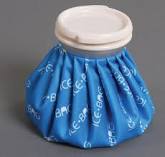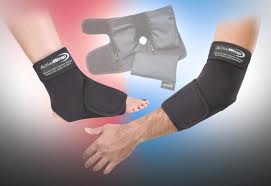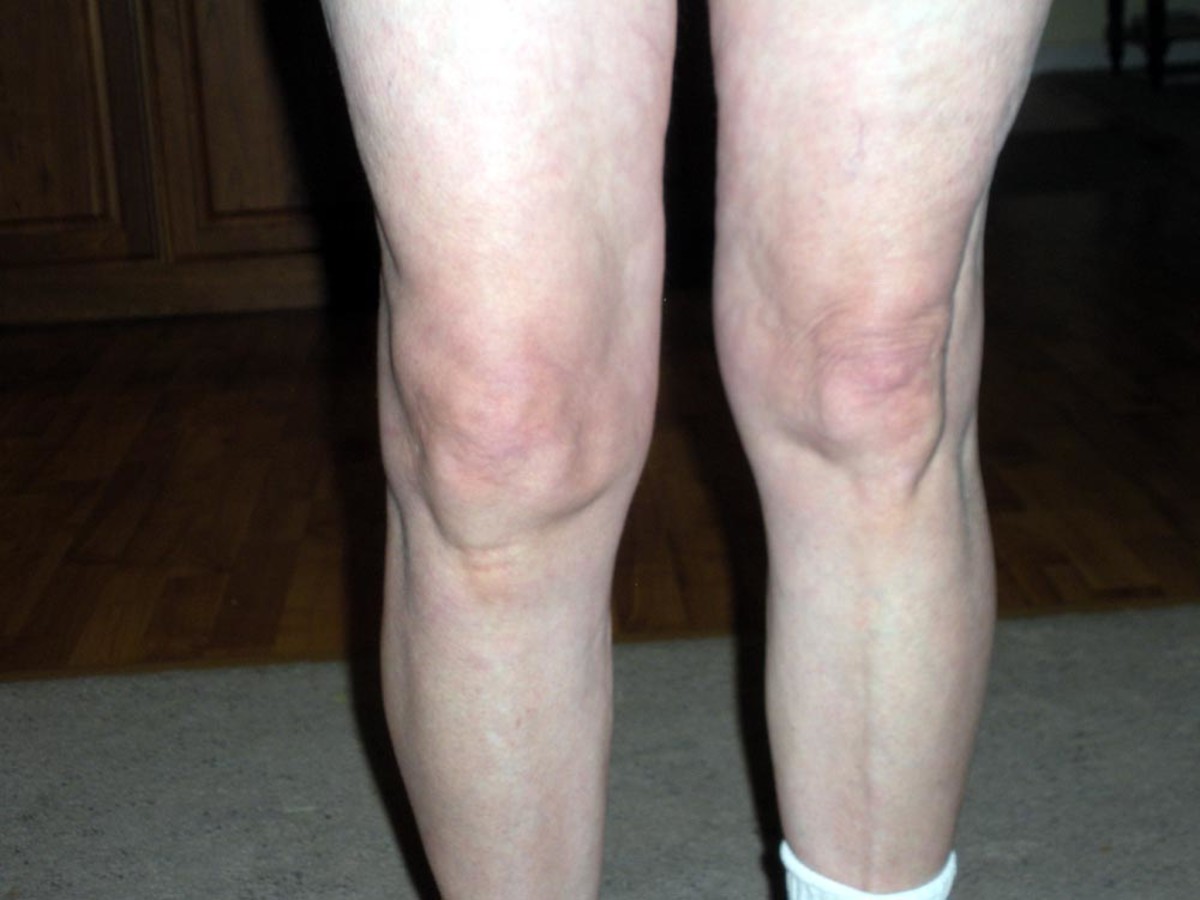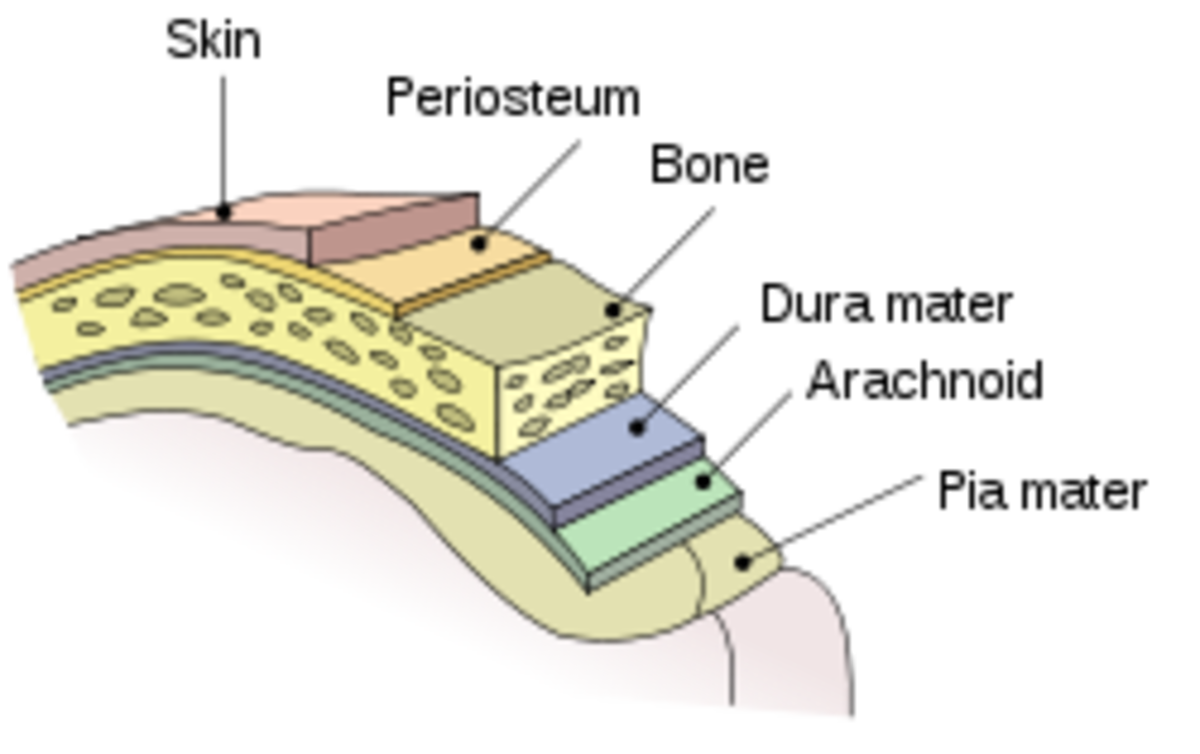How to Properly Apply a Cold Compress to an Injury





How to Properly Apply A Cold Compress to an Injury
Most of us have been treated with an ice pack or cold compress therapy. Children, almost daily as they acquire numerous bumps and grazes in their attempts to take on the world. Parents, in their effort to soothe the pain and comfort the little ones, have become very familiar with the acronym RICE, Rest, Ice, Compression and Elevate. This will be looked at in more detail later.
Cold compression therapy combines two of these principles, Ice and compression, and can be very useful for treating injuries such as strains, sprains, damaged ligaments and pulled muscles etc.
Cold compression is frequently used to reduce pain and inflammation after minor injury and acute sport injuries. It is also an important procedure used in hospitals for the treatment of patients post cardiac arrest. However, for this article we will concentrate on cold compression in relatively minor injuries.
Cold Compression therapy constricts the blood vessels and slow down the metabolism of the cells. Low metabolism reduces the need for oxygen and nutrients, and slows the rate of cell death, thereby reducing the inflammation to promote healing. Cold therapy causes numbing of the nerve endings helping to reduce pain.
A cold compress can vary from a cloth dipped in cold water and applied to the head to relieve headaches to industrially produced chemical, or instant ice packs.
Ice packs for the relief of minor injuries can now be found in most first aid packs.
Cold compression therapy is also known as cryotherapy and is widely used in sports injuries, where not only does it relieve acute pain and reduce swelling, but it can cool tissue temperature to prevent further damages to the tissue after the initial injury.
The treatment of muscle sprains and strains has two main goals. The first aim is to reduce the pain and swelling; the second, is to speed up recovery and rehabilitation. For this, RICE is recommended.
R.I.C.E Therapy
-
Rest
Reduce regular exercise or other activities that may aggravate the injury as much as possible. Doctor may advise that you do not put weight on an injured area for 48 hours. Crutches may be used to relieve weight on the ankle or knee. Use the crutch on the uninjured side to lean away and relieve weight on the injured side.
-
Ice
Apply a cold pack to the injured area for 20 minutes at a time, this can be done 4 to 8 times a day. Use a cold pack or ice bag. If ice pack is not available, a plastic bag filled with crushed ice wrapped in a towel can be used. To avoid cold injury and frostbite, do not apply the ice for longer than 20 minutes.
-
Compression
Compression will further inhibit swelling caused by excess fluid to the injured area. Examples of compression bandages are elastic wraps. Special boots, air casts, and splints. Ask doctor for advice about which to use.
-
Elevation
Where possible, keep the injured ankle, knee, elbow, or wrist elevated on a pillow, above the level of the heart, to help decrease swelling.
Cold compress therapy can also work well for the areas that are more difficult to treat with ice, such as the shoulder, back, shin, hamstring and calf. For these tricky areas, the use of medical quality Ice Compression Wrap is ideal.
Specially designed, cold wraps can deliver both cold therapy and compression therapy at the same time. This combination, helps to drive the cold deeper into the injured tissue, and is more efficiently than ice pack alone.
In some Ice compression wraps, the gel capsules are strategically sewn into place so that each wrap can provide therapy where it is most needed.
There is a wide range of products for specific area of injury, making good use of both cold and compression therapy.
How to Apply A Simple Cold Compress
Where possible elevate the injured area above the heart while you prepare the Ice pack or compress.
Make a cold compress by wrapping ice in a clean towel or cloth, or fill a plastic bag with ice. Use a large bag of frozen vegetables as an ice pack if handy. However, the most effective ice packs are those that are designed specifically for this purpose.
Commercially produced cold packs can be stores in the freezer. This maybe filled with gel or small pellets which will stay cold for an extended time out of the freezer.
Activate a chemical cold pack; break the inner bag of chemicals, this will allow the chemical in the inner bag to mix with that of the chemicals in the outer bag, to create a reaction. This reaction will result in producing a cold pack. Always read the manufacturer's instructions.
Very gently, place the cold compress on the affected area, covering the area completely, or rest the injury on top of the cold compress, which ever is easier and more comfortable for the injured person.
Always ensure that a cloth or bandage is placed between the cold compress and the skin, to prevent frostbite, as mentioned above.
Many commercially produced products include a thick outer protective covering which are designed to protect the skin.
The cold compress should be held in place for 20 minutes.
Reapply after 2 hours alternating for 20 minutes on and 2 hours off for about 48 to 72 hours, or until the swelling has subsided. Contact a doctor if injury and swelling are severe.












